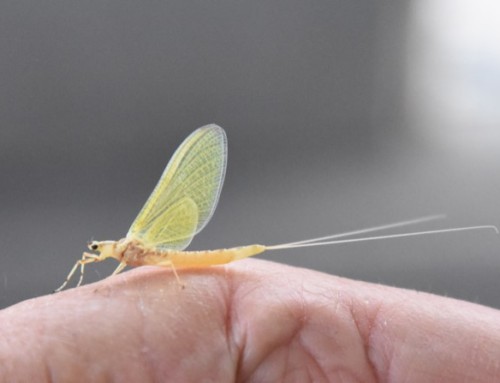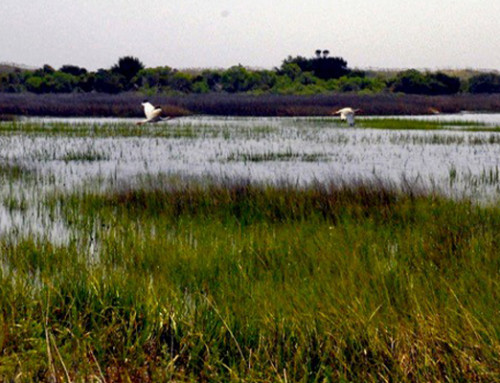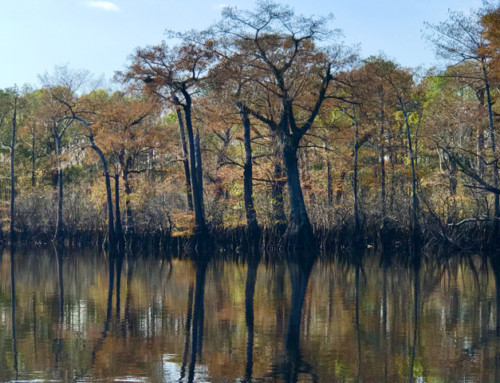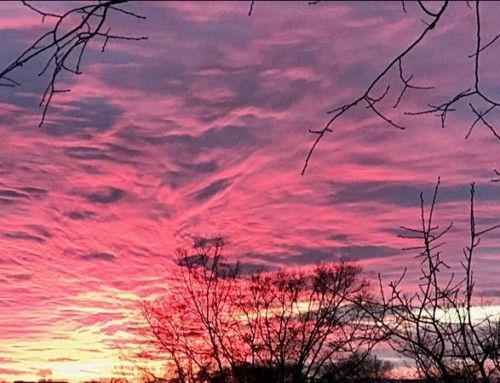A Photo Series from NC photographer and naturalist Tom Earnhardt
Hunkered Down
During the next few weeks and months while many of us are “hunkered down,” it is important to remember that the world around us is still beautiful, ever changing, and very much alive. Across North Carolina new wildflowers will pop up every week, different birds arrive/depart each month, and beaches/rivers/forests can provide sanctuary and respite in these difficult times.
While we are unable to travel freely—isolated from friends and the natural world—I’ll try to send pictures each week of North Carolina from Bald Head Island to Cape Lookout, Southport to Currituck, Umstead Park to Pilot Mountain, and from Linville Gorge and Panthertown Valley to the high peaks of Mitchell, Grandfather and Roan.
The first images below are a cornucopia of North Carolina plants, critters and places in springtime. Going forward, I will try to pick images in tune with “Nature’s Calendar” across our state and share an informal summary of natural events in our state. I’ll be using images from all 100 counties over the past decade, and there are thousands from which to choose.
We will get through the coming days together, and a beautiful world will be waiting for us.
Stay safe and be well!
With love, appreciation and friendship…
Tom Earnhardt
Our “birds of winter”—ducks, swans, and snow geese—will depart coastal wetlands in early/mid March and fly to the far North


New birds from the tropics will take their places from late March thru May. Prothonotary warblers and painted buntings will soon fill coastal forests with ancient songs.


Look closely and “American chameleons,” the green anole, will appear with the first flushes of green…

Salamanders of every shape and color (over 60 species!) will be active in Tar Heel creeks, ponds, and under damp leaves…

In mountain cove forests, North Carolina’s native orchids will begin appearing in late April…

In longleaf pine savannas, like NC’s fantastic Green Swamp, (a Nature Conservancy property-ed.) yellow pitcher plants will soon fill spaces between the longleaf…

One of our large native lilies—the atamasco lily or rain lily—can be found in April and May across much of Piedmont and eastern North Carolina.

The Black River, home to living bald cypress over 2000 years old, will come alive in mid April…
(Thanks to The Nature Conservancy for saving the 3 Sisters – the oldest known living trees in eastern US -ed.)

Followed by the greening of Linville Gorge in early May…

For much of North Carolina, 2020 is just beginning…stay tuned for more images…

All photos in this series are by Tom Earnhardt. Narration by Tom Earnhardt except slight editorial corrections






